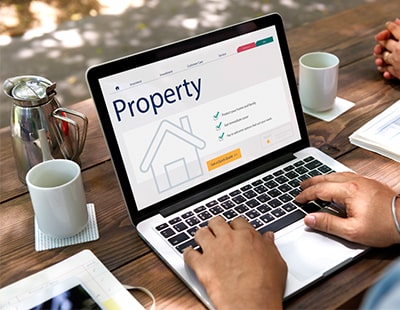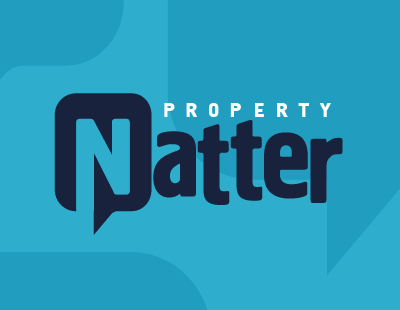One such opportunity is the hybrid presentation, such as a thought leadership event, where some of the audience is in the room, and the rest tune in on applications like Zoom.
Pre-Covid, most presenting events were in person.
This led to networking opportunities before and after the event, many of which were valuable and could lead to significant business breakthroughs.
Then, almost without warning, all events went virtual.
We lost those networking opportunities.
But we also gained with higher numbers attending, and from a wider geography. Potential clients and customers who’d never been on our radar suddenly positioned themselves front and centre, on our computer screens and on our client lists.
Now hybrid events offer the best of both worlds – the chance to get high numbers and the chance for networking and engagement for those who attend in person.
I’ve spent much of the past two years training firms of all sizes, and in all places, how to do business better in a hybrid world. One thing you will need to get right is the hybrid presentation – your speakers will need to be ready.
No-one is trained in the art of delivering a hybrid presentation – after all, it wasn’t even a concept until Covid turned the professional world on its head.
But nailing this new format in a way that impresses the people you need to reach is a skill in its own right.
And just because someone was slick when it came to in-the-room seminars, or found they were pretty convincing in digital-only webinars, that’s no guarantee of success when it comes to hybrid.
I’ve developed a few pointers which should help those in property excel in this fledgling form of communication, and hopefully leads to an upturn in performance and results, too.
The first thing you have to think about is engagement.
You have two very separate audiences for a hybrid presentation, one which is in the room before you, and another which is tuning in virtually from elsewhere.
You need to bring them together immediately and ensure they have a shared experience.
Remember, up to the point where your presentation begins, these distinct groups will have had very different experiences.
In the room, your audience got to mingle with each other, chatted over a coffee and reacquainted with some old faces (and possibly met some new ones).
Meanwhile, at home or in another satellite location, your digital audience had none of this.
They may have domestic distractions, and your voice might be the first one they’ve heard all day.
Break down these barriers immediately by addressing both groups and come up with ways of getting them involved.
You can do this by asking a question which people in the room can answer verbally or by raising a hand, and those tuning in remotely can use the chat box.
Even something as simple as asking what part of the country (or the world) people are in can immediately provide a shared experience.
Because if you don’t do this, you risk isolating the virtual audience, who will find it very easy to leave the presentation, or at least turn off their camera and do something else.
If that happens, you won’t get them back.
The second area where you need to provide equal attention is eye contact.
It’s easy enough to look at those sitting in front of you, and equally easy to forget the people watching from home.
Try to align the camera so that when you look at people in the room, your eyes are never far from the virtual participants. And be sure to look down the camera lens as often as you can, without dismissing those in front of you.
Thirdly, you also need to check in advance if the slides you know work well on a big screen also correspond on a smaller one.
I’ve seen a number of presentations where thoughtfully produced slides are illegible for those watching on Zoom, however great they look on the conference venue plasma.
A quick slides-only rehearsal with someone watching from a different room on a laptop can help address these issues before they become a painful reality.
Rehearsing will also help you ward off any technological challenges.
You do not want any surprises when you embark on your hybrid presentation, so make sure you’ve carried out a full practice of the technology as well as your material.
Ongoing studies of working habits prove the hybrid future isn’t a flash-in-the-pan.
The UK government survey I mentioned earlier was based on the views of more than 100 real estate businesses in the UK.
And while getting out into the real world is probably more important in estate agency than most other sectors, being able to master the virtual side of it will become increasingly crucial.
After a time of great uncertainty, those who successfully do both will have much to look forward to.
*Gavin Brown is the director of public speaking coaching firm Speak With Impact and is a former Member of the Scottish Parliament. For more tips and information, visit his website – www.speakwithimpact.com






















Join the conversation
Be the first to comment (please use the comment box below)
Please login to comment